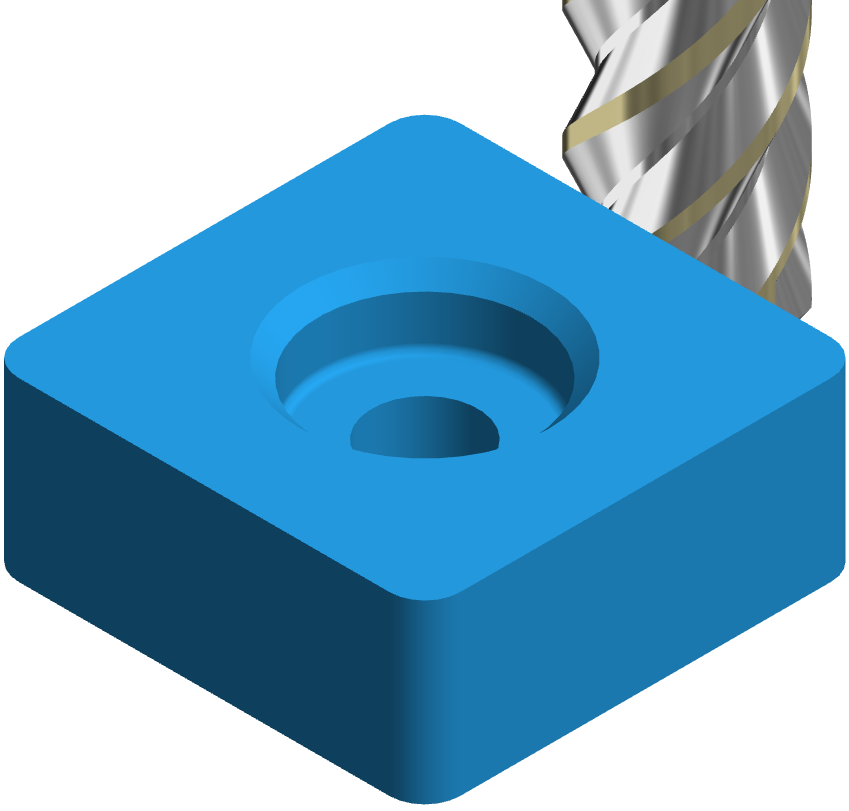Our scope always exclude the production of parts, the size of our company is too small to include part production. In other words we don't deliver hardware nor turn-key projects. Our core compentence lies in developement an engineering, we use our customers supply chain to assess our parts with regards to manufacturability.
At some of our customers we, on request, sometimes support the assembly of parts that we've developed. However we are reluctant in doing this since this is not our core activity, in case of support we'll always limit this by supporting the first proto assembly only.
Nowadays there are plenty production techniques to our disposal, here a list of production techniques we are familiar with
- Milling, Turning, Grinding, etc.
- Electrical Discharge Machining (EDM)
- 3D printing plastics and metals
- Laser welding, cutting and engraving
- Friction Stir Welding (FSW)
- TIG and MIG welding
- Construction techniques (large frames)
- Metal stamping process
- Electron Beam Welding (EBW)
On some of the techniques we have practical experience, others throughout the many different projects we did. We are convinced that our level of knowledge is on an appropriate level to make well-considered design choices and to be a good discussion partner at production companies.
Measurement rapports often are an interresting subject, the reason we state this is that all dimensions on a part has it's importance expressed in tolerances. Meaning there is no distinction on pass / fail criteria conserning tolerances. Whether a tolerance is tight or relaxed, out of range is in all cases a fail. Our view on measurements is that this is done to validate and control the production process, so what to be measured is supplier dependant. A supplier with a high confidence level of it's production stability and reliability will require less measurements than a supplier with a lower level of convidence. With regards to production process control there is no demand at the development department to require measurements and rapporting, it's up to supply chain how they want to validate and assess their suppliers.
Besides production process control there are of course also other reasons why measurement rapports are required, like
- Variation study
- Cost of goods program's
- Tolerance chain validation
- Assembly of precision products (e.g. shimming)
Our view is that taking and rapporting measurements is expensive, not only the time spend on the CMM but also the development and alignment of the protocols and in some chases special (support) tooling. So the decision to measure products and to rapport should always be well-considered rather than "just" do it, because there is a lot more involved than only taking some measurements.
To summarize, we will always be reluctant in requering product measurements and rapporting of it. It should be a well-considered demand to have this as a requirement from product perspective, so by default it is not a requirement.
We have long time experiance in cleanroom products and are familiar with cleanliness grades, including vacuum appliances
